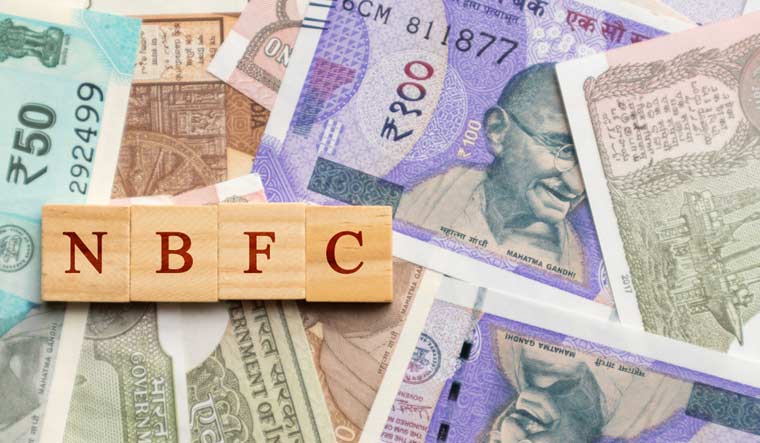Banks and NBFCs could benefit from renewed credit growth, which is expected as the nation gradually unlocks after the second wave of the pandemic. It is expected that the demand for housing loans is expected to remain steady and the credit card segment is expected to perform better as borrowers prefer to hold liquidity.
As per a recent report by Emkay Global, the severity of lockdowns across different states was relatively mild compared to last year as most businesses had remained partly functional, witnessing only limited restrictions on the movement of goods and services. Besides most of the banks and NBFCs had moved towards a digital model for collections and hence the absence of the physical connect has not been a major concern.
The report observes that with the most difficult phase largely over and with the respite provided by gradual unlocking of the economy, lenders are optimistic about seeing improving trends in collections. The report observes that of late there have been superior recoveries in the housing and secured products and vehicle loans remained a mixed bag, though collections for unsecured SME and business loans hit the consumer durable products the credit cards segment is performing better as borrowers in general prefer to hold liquidity. At the same time, the vehicle finance segment remained the most vulnerable, with private cars and two-wheelers seeing normalization in recoveries but commercial vehicles and passenger vehicle (including cab aggregators) loans remaining under stress.
Experts at Emkay Global estimate that some green shoots on credit demand are likely with a rise in pent-up demand; unsecured loans and balance transfer for mortgages are expected to gain momentum. It is also expected that there is a pent-up demand for working capital loans and this would trigger incremental credit growth post lockdowns. Although lenders see resilient demand for unsecured personal and business loans, they will prefer to tread cautiously in these segments. The Emkay report points out that considering lower rates and reasonable pricing for real estate may trigger demand for housing loans.
However, the report has also highlighted a few challenges towards credit growth. For instance, real estate buyers continue to remain price-sensitive and this may slow credit growth in the sector. Besides that, the majority of buyers in the sector are mostly from the retail segment with relatively better financing abilities and can command price. Elevated fuel prices is yet another discouraging factor resulting in rising demand for CNG vehicles and can affect the CV vehicle loan segment.
Motlilal Oswal had recently observed most of the banks’ management commentaries reported a sequential uptick in loan growth, led by healthy trends in retail, with many segments such as gold loans and home loans surpassing pre-COVID levels though with the advent of the second COVID wave and subsequent lockdowns in various key states, collection efficiency moderated in Apr and May 2021 wherein some banks reporting a 4–5 per cent drop in collections verse March 2021. Experts from Motilal Oswal feel that banks remain watchful of business growth and the asset quality outlook in the near term.
The report further observes that recent commentaries from NBFCs indicate that collection efficiency (CE) is coming back to normal. The management of some larger NBFCs believes that their margins are likely to see a sharp improvement in FY 2022 on the lower cost of funds and a favourable base (due to interest reversals).
Surprisingly, contrary to initial expectations, companies continue to maintain excess liquidity on the books. Vehicle financiers also believe that credit growth is likely to normalise post-September 2021.





